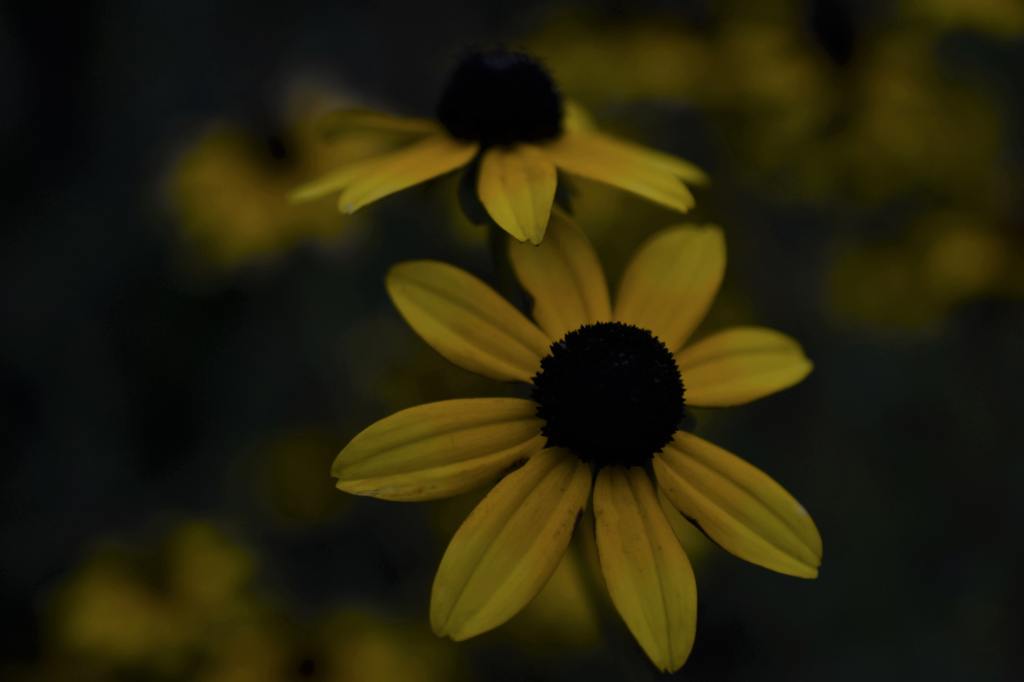Cooler temperatures and lower humidity mean an opportunity to see Florida native plants in their full, colorful glory in the fall. What’s great about native plants is that they don’t require much water and no fertilization. They also provide food and shelter for native species. So what are some visually striking plants to grow during this period?

Black-eyed Susan
Belonging to the Asteraceae (Aster or Composite family), the Black-eyed Susan is a lovely wildflower to include in your fall foliage mix. It needs rich, well-drained soils, regular moisture, and full sun to minimal shade. The plant can grow up to three feet tall. Black-eyed Susans can stand alone in a flower bed, but they’re also beautiful in combination with other wildflowers. You can purchase these seeds at the Florida Wildflowers Growers Cooperative.
Ironweeds
Growing up to eight feet tall, Ironweeds (Aster family) possess an intense purple color. According to North Carolina State University, the plant “is attractive if blooming occurs at different heights, so prune to different heights for this effect.” In contrast to the delicate beauty of the flower is the fact that Ironweeds are a very hardy plant. It needs full sun to partial shade and a moist, acidic, well-drained soil. That said, it can survive in drier soil as well.
Firebush
If you want a pop of color this fall, the Firebush (Hamelia patens) doesn’t disappoint. This bush offers bright red flowers which serve as a complementary color to the greens and browns of fall. The plant is also a wonderful bird and butterfly attractor. The evergreen, low maintenance, drought-tolerant shrub needs full to partial sun and sandy, moist well-drained soil. It can grow up to 15 feet and spread up to eight.
Sweet Acacia
The Sweet Acacia (Acacia farnesiana) is a bush with yellow, sweet-smelling puff-like flowers. Growing up to 20 feet with a 20-foot spread, the stems of the plant have thorns. It’s best not to put this ornamental plant near walkways. It grows ideally under full sun or partial shade in dry to medium well-drained soil. Besides Florida, this plant is native to Mexico, Central America and parts of South America.
Chickasaw plum
Have you thought of growing something to eat? If so, the Chickasaw plum (Prunus angustifolia) would make a tasty edition to your fall garden. The tree is covered in fragrant, small white flowers and when the fruit appears, it turns from red to yellow when ripened. It can grow up to 25 feet, but often stops short of that. The Chickasaw should be planted in full sun and prefers acidic soil. Consider making a jelly out of the fruit.
Blue Mistflower
We’ve covered white, yellow, red and purple. But what about blue? The Blue Mistflower (Conoclinium coelestinum) is true to its name, producing a blue-colored flower that sometimes appears violet. It can grow to three feet high with triangular shaped leaves. If you want a plant to take over an area, the Blue Mistflower certainly can.
